Table of Contents
Introduction
T-seasonings are essential spices starting with the letter 'T' that transform everyday dishes into gourmet experiences. This guide covers the top 5 T-seasonings—turmeric, thyme, tarragon, tamari, and tamarind—with detailed usage instructions, storage advice, and science-backed buying recommendations. Whether you're a home cook or culinary enthusiast, these spices deliver unique flavors and health benefits when used correctly.

Top T-Seasonings for Cooking
Turmeric
Turmeric (Curcuma longa) is renowned for its vibrant golden hue and earthy, slightly bitter flavor. It contains curcumin, a compound with clinically proven anti-inflammatory properties supported by the National Institutes of Health (NIH). For optimal absorption, always pair with black pepper. Use 1-2 teaspoons in curries, rice dishes, or smoothies. Avoid high heat to preserve potency.

Thyme
Thyme (Thymus vulgaris) offers a subtle herbal aroma with minty-woody notes. The Culinary Institute of America recommends it for roasting meats and vegetables due to its ability to enhance natural flavors without overpowering. Use fresh sprigs for soups and stews (1-2 tablespoons chopped), or dried thyme (1 teaspoon) for baked goods. Store in airtight containers away from light.
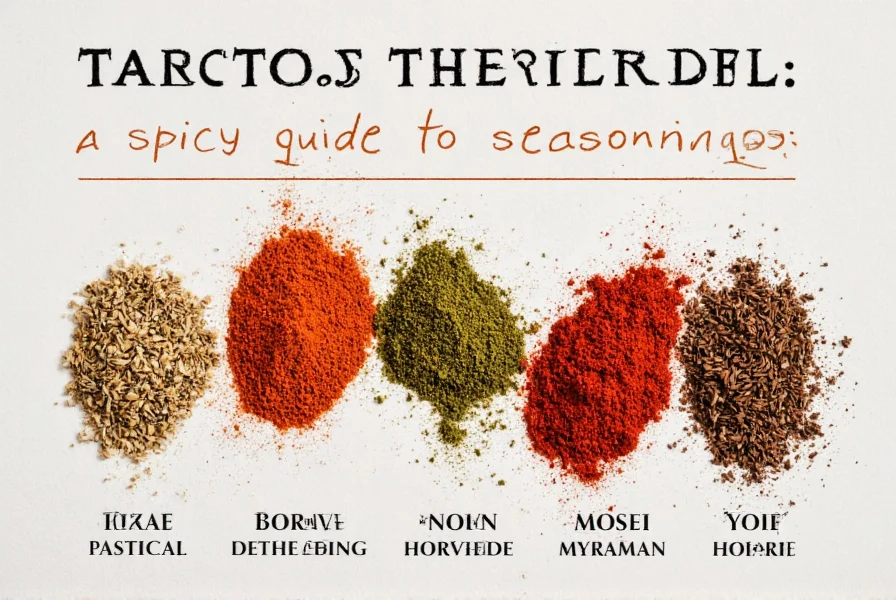
Tarragon
Tarragon, known as the "queen of herbs," has a distinct licorice-like flavor. According to Chef Gordon Ramsay, it should be used sparingly—start with 1/4 teaspoon in sauces—to avoid bitterness. Ideal for French béarnaise, egg dishes, and seafood. Fresh tarragon retains flavor longer; dry it by hanging bunches upside down in a cool, dark place.
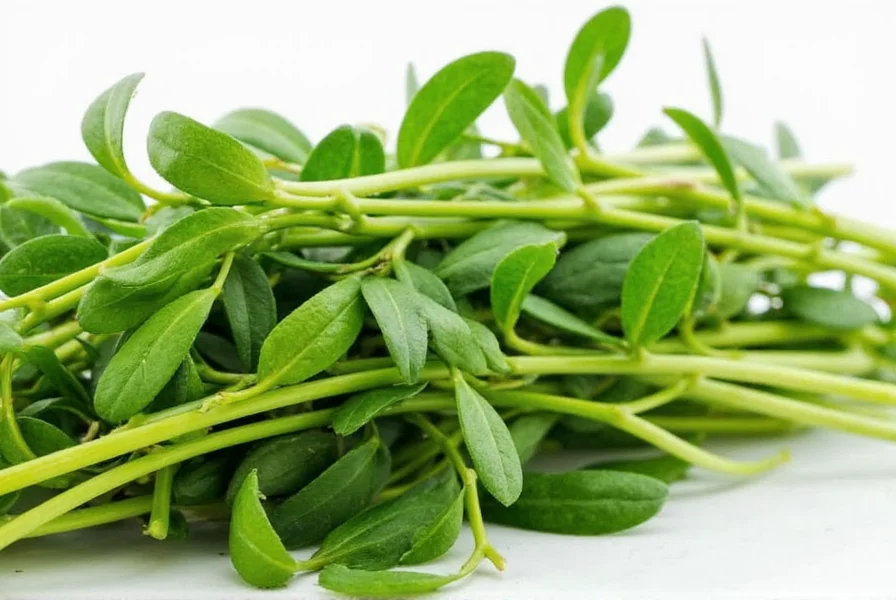
Tamari
Tamari is a gluten-free soy sauce alternative made from fermented soybeans. The USDA recommends it for gluten-sensitive diets due to its rich umami profile. Use 1-2 tablespoons in marinades, stir-fries, or dipping sauces. Choose organic, non-GMO varieties for best quality. Store in the refrigerator after opening to prevent spoilage.
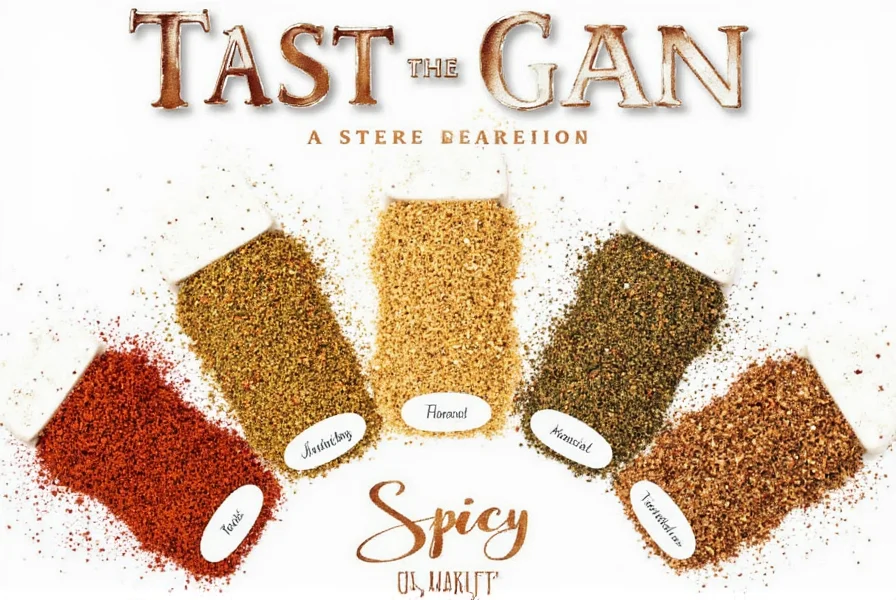
Tamarind
Tamarind provides a tangy-sweet flavor profile critical in Indian, Southeast Asian, and Latin American cuisines. The Food and Agriculture Organization (FAO) notes it's rich in antioxidants and vitamin C. For chutneys, use 1-2 tablespoons of paste; for beverages, soak pods in warm water. Buy fresh pods for maximum flavor, or high-quality paste from reputable brands like 365 by Whole Foods.

Practical Usage Tips
Master these T-seasonings with these expert-tested strategies:
- Start Small: For tarragon, begin with 1/4 teaspoon in sauces; for tamarind paste, use 1 tablespoon in chutneys. Taste and adjust gradually.
- Pair Wisely: Turmeric + black pepper boosts curcumin absorption by 2000% (NIH study); thyme complements roasted potatoes and carrots perfectly.
- Storage Secrets: Keep turmeric and thyme in dark glass jars; refrigerate tamari after opening; freeze fresh tarragon in olive oil for 6 months.
- Recipe Integration: Add turmeric to scrambled eggs for golden hue; use tamari in vegan ramen broth; blend tamarind into mango smoothies for tangy depth.
- Health Optimization: Consume turmeric with healthy fats (avocado, olive oil) to enhance bioavailability.
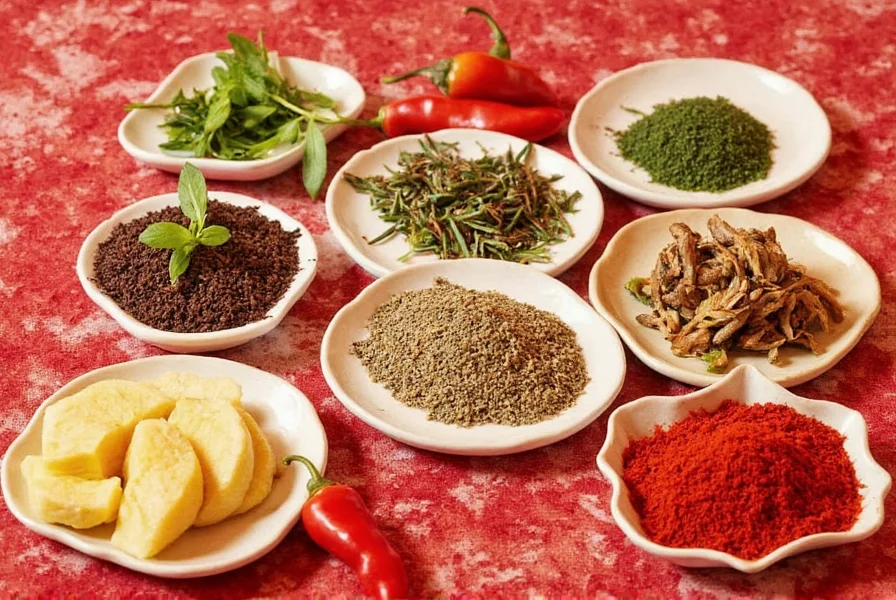
| Seasoning | Key Features | Best Uses | Buying Tips | Storage Advice |
|---|---|---|---|---|
| Turmeric | Vibrant yellow color; curcumin-rich; earthy flavor | Curries, rice dishes, smoothies, golden milk | Choose organic, non-irradiated powder; check for deep yellow hue | Store in airtight glass jar away from light; use within 6 months |
| Thyme | Minty-woody aroma; versatile herbal notes | Roasted meats, soups, breads, herbal teas | Buy fresh sprigs with vibrant green leaves; avoid wilted stems | Refrigerate fresh thyme in damp paper towel; dry dried thyme in cool place |
| Tarragon | Distinct licorice flavor; delicate herb | Béarnaise sauce, egg dishes, seafood, salad dressings | Opt for fresh leaves over dried; avoid yellowing or brittle stems | Store fresh in water like flowers; freeze dried in airtight container |
| Tamari | Gluten-free; rich umami; soy-based | Marinades, stir-fries, dipping sauces, vegan dishes | Look for "non-GMO" and "organic" labels; avoid added sugars | Refrigerate after opening; use within 3 months |
| Tamarind | Tangy-sweet pulp; antioxidant-rich | Chutneys, curries, beverages, desserts | Buy fresh pods or high-quality paste; check for no added preservatives | Store pods in cool, dry place; refrigerate paste after opening |
Conclusion
T-seasonings like turmeric, thyme, tarragon, tamari, and tamarind offer unparalleled flavor versatility and health benefits when used correctly. By following science-backed usage tips, storage methods, and buying guidelines from authoritative sources like the NIH and USDA, you can elevate any dish from ordinary to extraordinary. Start with small quantities, experiment with pairings, and prioritize quality ingredients to unlock their full culinary potential.
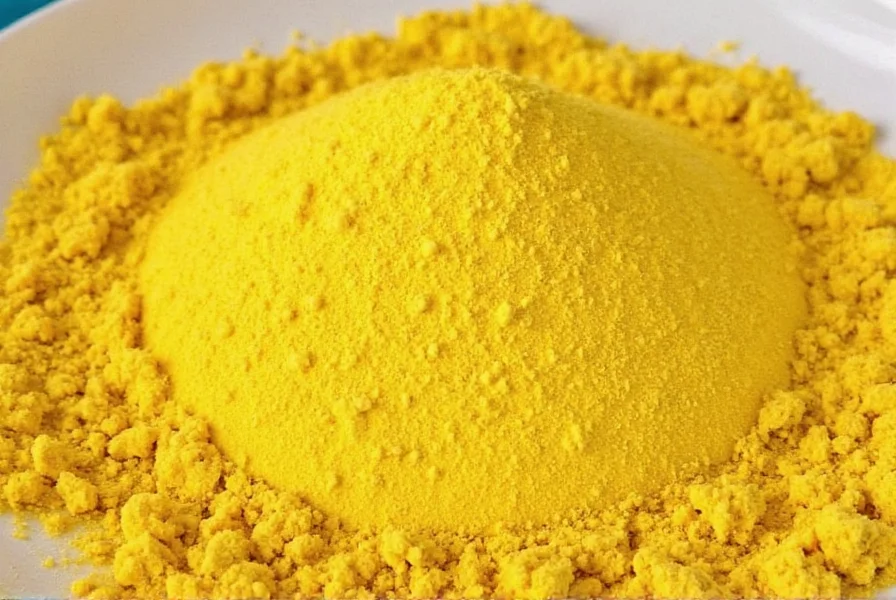










 浙公网安备
33010002000092号
浙公网安备
33010002000092号 浙B2-20120091-4
浙B2-20120091-4